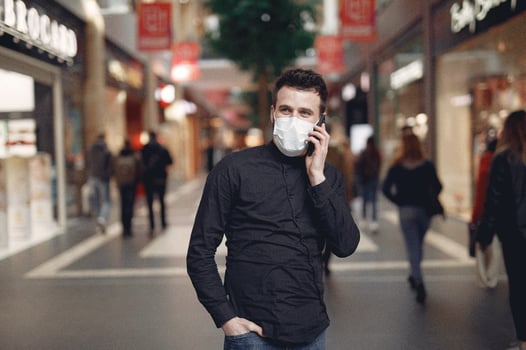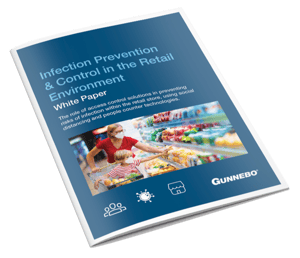Covid-19 has impacted the World in a significant number of ways. Retail is no exception. This blog investigates the trends of retail pre-Covid-19, to highlight what changes we see as we now emerge from the peaks of this worldwide pandemic.
The effects of Covid-19 on physical retail trends
Whilst some stores have been forced to shut their doors entirely in the midst of the recent pandemic, others deemed essential such as food stores and pharmaceutical shops have remained open the entire time – albeit with changes in place to provide prevention measures against the risks of infection.
Physical stores who have been forced to shut have migrated their sales activity during lockdown to online sales. Whilst e-commerce has increased during the pandemic, it is no substitute for physical brick and mortar which is King and here to stay according to the statistics. Physical shopping is still preferred by a wide customer base and greatly overshadows the sales conducted online.
 The statistics of retail
The statistics of retail
Brick and mortar retail is a $4.4 trillion market, establishing physical commerce as 75-89% of the retail industry. Whilst the e-commerce world is growing every single year, the proportion of spending value in online stores is still much lower than that of brick and mortar stores.
Customers spend more of their time in a brick and mortar store than they do when shopping in an online store. Whilst they spend more time once instore, they will frequent stores in the wake of coronavirus less often. Customer visits to physical stores are down compared to before the pandemic, and customer peace of mind needs to be rebuilt to regain the activity the retail industry had pre-coronavirus.
There are an emerging number of ways this can be done, with specialist infection control measures and technologies being implemented as more and more businesses begin to open their doors. Retail sales rebound has been forecast to take some time, as industry experts reveal that health and safety will be the primary strategic issue until at least 2022. The customer instore experience will then replace health and safety as key focus from 2022 onwards it is predicted.
Online and offline
The rate of online purchasing has grown significantly in the last few years – furthered still by lockdown measures around the World. E-commerce has now become indispensable to the point that all retailers will need to have an e-commerce website in order to remain relevant and compete in the retail industry, as it is anticipated that online purchase rates will exceed 10% of the market by 2022.

Customer trust
A study has shown that customers trust most the stores that have remained open throughout lockdown, i.e essential food stores, pharmacies, etc. As a result, whilst these essential shops had been granted a head start in infection control strategy measures , they also hold customer confidence as longstanding supplier of their household and essential products.
Whether closed or open during lockdown, retailers now must ensure they have suitable infection prevention measures in place as customers begin shopping more post-lockdown and spending their money again as national governments look to restart the economy. Like many other industries pre-Covid-19, shopping has changed; the health, safety and security measures that are currently being considered and adopted will make the difference between a store and a safe shopping experience in order to influence customer confidence.

More information on retail post-coronavirus can be found within our new white paper: Infection Control Measures in the Retail Environment – available for download here. Alternatively, if you’d like to discuss with one of our team, feel free to use our contact form.
